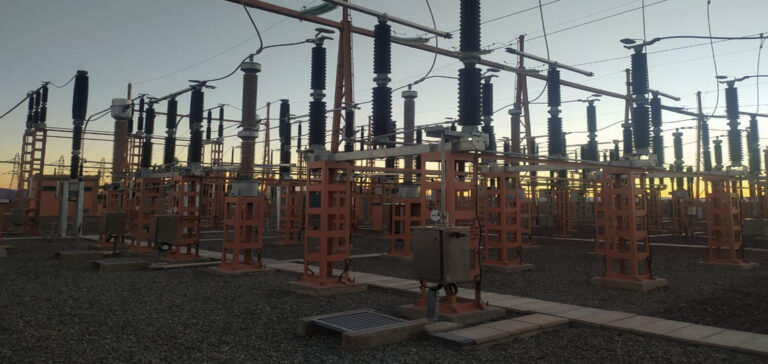The White House and the Department of Energy have jointly announced a colossal investment to strengthen American Energy Reliability. A total of $3.46 billion in 58 projects is spread across 44 American states. These initiatives are designed to consolidate the resilience and reliability of the power grid. It is a vital link in guaranteeing energy stability and combating growing climate challenges. Moreover, these funds, financed by the President’s Bipartisan Infrastructure Act, mark a significant step in the transition to clean energy that is accessible to all citizens. This enables the United States to prepare for extreme weather conditions exacerbated by climate change.
Upgrading the Electrical Grid
Today, modernizing the power grid has become an urgent necessity. The projects funded under this initiative will have a major impact on transforming the American energy landscape. The aim of these initiatives is twofold: to ensure clean, affordable electricity for all Americans, while strengthening the resilience of the power grid.
Investment impacts
This transformative financing will contribute to the commissioning of over 35 gigawatts of new renewable energies. It also contributes to investment in 400 micro-networks, and the creation of well-paid union jobs. This comprehensive approach is in line with the Biden-Harris Administration’s ambitious climate program. In addition, it supports the President’s Justice40 initiative, which aims to ensure that disadvantaged communities benefit fully from this energy transition. Jennifer M. Granholm, U.S. Secretary of Energy, underscores the importance of this historic investment.
The GRIP program
The Network Partnerships for Resilience and Innovation Program (GRIP) is the flagship initiative behind these projects. Its mission is to modernize the power grid. This makes it more resilient to extreme natural disasters linked to climate change. It also aims to improve the efficiency of the electricity system by focusing on renewable energies. Finally, GRIP is committed to improving reliability by deploying innovative approaches to electricity transmission, storage and distribution.
Selected Projects
Projects selected under the GRIP program, representing up to $3.46 billion, are committed to the President’s Justice40 initiative and to promoting well-paid union jobs. More than three-quarters of our projects are in partnership with the International Brotherhood of Electrical Workers (IBEW). These initiatives are spread across various states and include a range of innovative solutions to strengthen the resilience of the power grid.
Project examples
The need to modernize the power grid is clearly illustrated by the following examples:
In Georgia, the Environmental Financing Authority and local electricity cooperatives will collaborate on a transformer project that will boost grid reliability and reduce costs. This includes updating smart grid infrastructure, deploying battery storage systems, and creating local microgrids. The focus will be on improving services in remote and historically under-invested communities.
In Louisiana, a strategic project will coordinate statewide emergency response operations by deploying a network of community resilience hubs powered by microgrids of distributed energy resources. This will improve the state’s ability to cope with extreme weather conditions. Another initiative will strengthen the resilience of the local network by reinforcing existing transmission lines and distribution systems, thereby reducing the frequency and duration of outages.
Other projects
In Michigan, DTE Energy will set up adaptive microgrids to better manage variations in energy demand. Consumers Energy will upgrade infrastructures in historically under-invested communities, improving redundancy and reliability.
In Pennsylvania, PECO Energy Company will improve grid reliability by mitigating substation flooding and deploying battery storage systems. PPL Electric Utilities Corporation will integrate distributed energy resources to reduce outages and create jobs. In Pittsburgh, the Duquesne Light Company will upgrade the system’s capacity to promote the production of clean energy.
In Oregon, several projects will connect renewable resources to customers and create well-paid union jobs. Confederated Tribes of the Warm Springs Reservation and
Portland General Electric will boost transmission capacity and connect customers to renewable resources. PacifiCorp will update the infrastructure to withstand fire and flooding.
In addition, inter-regional collaboration projects will extend transmission to several states, contributing to better planning and coordination for the entire network.
Final analysis
This massive investment in modernizing the American power grid is of the utmost importance. The aim is not only to guarantee access to clean, affordable electricity for all citizens, but also to prepare the grid to cope with extreme weather conditions linked to climate change. At the same time, these projects are significant steps towards a safer, more sustainable energy future. This plan is a concrete example of how the United States can prepare for a resilient energy future.






















